The Mysterious Minevre Karst Feature: Know 10 things About This natural wonder
The Minevre karst
The Minevre karst feature is an unusual geological formation located in the south-central Pyrenees mountain range of southern France. The feature is a result of the dissolution of limestone by groundwater, forming a landscape of hills and valleys with caves, sinkholes, and underground rivers. The karst feature has been inhabited since prehistoric times and is now a popular tourist destination. The karst feature is named after the Roman goddess of wisdom, Minerva, who was also associated with knowledge and craftsmanship. Minerve is also reputed for its great wines. The first vineyards were implanted by the Romans, and for centuries the Minervois area has produced strong fruity and mellow wines.
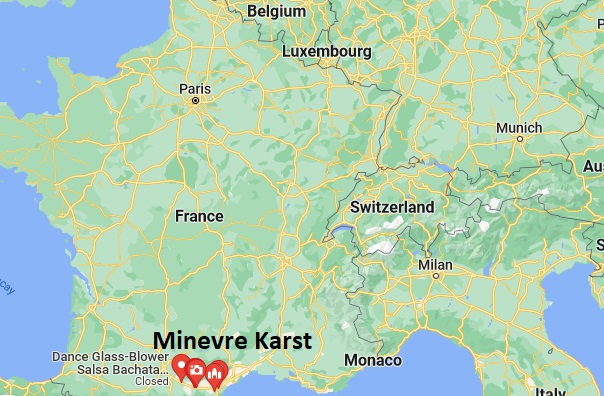
Geology of the Minevre Karst
Karst developed in the Cambrian dolomite as well as in the tertiary carbonate formations. The Karst systems are Cambrian dolomite are local and independent from those developed in the tertiary limestones. the most extended cave systems develop in the tertiary formations and constitute the Minervois regional Karst system which can be divided into several subsystems. From west to east three Karstic subsystems may be considered- the first located in the Alveoline limestones the second in the Ventenac limestones and assignan formation and the third within the Aigne limestone. They seem hydraulically connected despite the impermeable formations between them. The Aigne impermeable formation constitutes the roof of this regional karst.
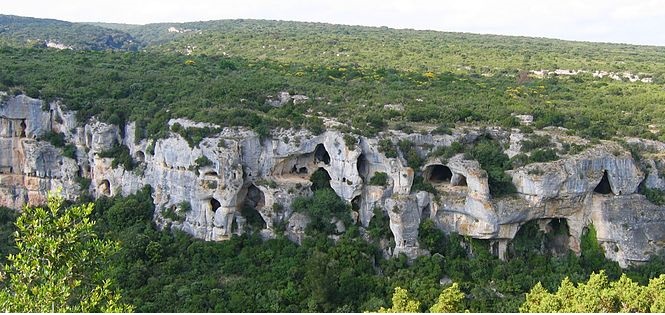
Minerve and the Canyon of the Cesse river are very famous for the natural bridges, remains of Karst Conduits. The Minerve Cave is another famous Karst feature known for its phosphate sediments and Prehistorical remains. The walls of the canyons of Cesse and Briant Rivers show Several levels of Karst conduits. The Minerve cave, the most important one, develops on several stories corresponding to Successive Karst stages. It Contains thick sediments Partly originating from Paleozoic rocks carried by surface rivers.
Also read- Whitsunday Islands Australia, A sand Beach in Silicic volcanic terrain
The Karst is Present at the Bottom of the tertiary limestone series in the Alveoline limestone. These small to medium size conduits are organized like a Maze. These conduits look randomly distributed all along the canyon walls and on the sides at the bottom of the Aleoline Limestone. The Karst terrain is of fluvial sediments while some of them are uniformly coated with calcite on their walls. The Minervois Karst plateaus with the Canyon entrenchments offer an interesting opportunity for observing different stages of Karst development.
How Minevre Karst form?
The minevre karst feature is a natural landform that is created by the dissolution of soluble rocks, such as limestone, dolomite, and gypsum. This process, known as karstification, can result in the formation of caves, sinkholes, and underground drainage systems. The most common minevre karst feature is a sinkhole, which is a depression in the ground that can be caused by the collapse of an underground cave or the sudden release of water from an underground stream or river.
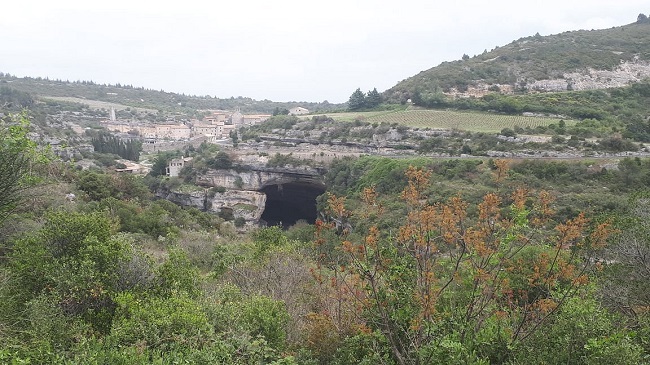
Features of the Minevre karst?
A key feature of a minevre karst feature is its sinkholes. Sinkholes are formed when the roof of a cave or a soluble rock layer collapses in Carbonate rock terrain. They can vary in size from just a few feet across to several thousand acres. Another key feature of the Minevre karst feature is its underground drainage system. This system is responsible for transporting water away from the sinkholes and into other parts of the karst feature. A minevre karst feature is a geological formation resulting from the dissolution of soluble rocks, such as limestone, dolomite, and gypsum. Other features include caves, dolines, and poljes.
Minerve is a small village and an exceptional historical site, Located between the Cévennes and Montagne Noire areas. It is accessible via the D10 road, it is located 46 km east of Carcassonne and 33 km west of Narbonne.
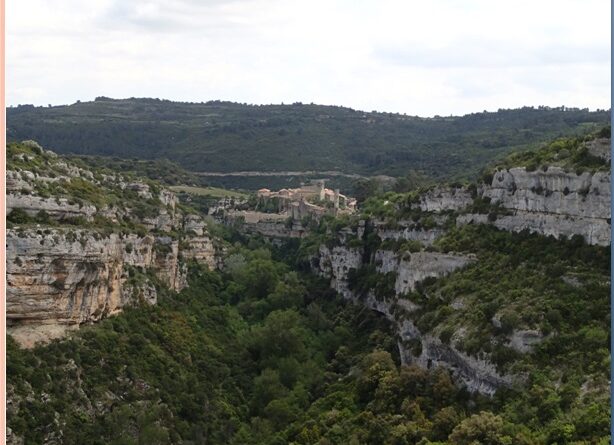
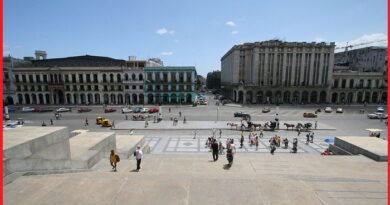


Pingback: Seven Explanations On Why Waikiki Beach Hawaii Is so Important - Geotourism